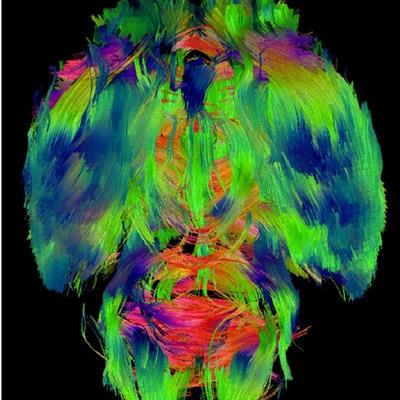August 3, 2022 -- A new photoswitching fingerprint analysis enables the optical imaging of dynamic interactions with other molecules in the cell. The analysis reliably allows for structural optical resolution in cells in the sub-10 nm range.
Using direct labeling methods, researchers at the Rudolf Virchow Center and the University of Würzburg in Germany have visualized a cell within a few nanometers, which allows for the revelation of molecular functions and the architecture of important components of cells (Nature Methods, August 1, 2022).
The photoswitching rates of dyes between an on and off state are strongly affected at distances below 10 nm due to various energy transfer processes between dyes, the researchers said. The resulting cluster of on-states during the first seconds of an experiment makes their individual localization more difficult. However, with photoswitching fingerprint and fluorescence decay time, the number of dyes present can be revealed along with information about their distances.
By incorporating unnatural amino acids into multimeric membrane receptors through genetic code expansion followed by bioorthogonal click labeling with small fluorescent dyes, the research team was able to show how site-specific labeling of proteins in cells can be achieved without spacing errors with sub-10 nm distances.
Next, the researchers plan to use photoswitching fingerprint analysis with single-molecule localization microscopy and patterned excitation schemes and DNA-based point accumulation for imaging in nanoscale topography (DNA-PAINT) for reliable super-resolution imaging in cells with sub-10 nm resolution. Doing so could provide new insights into the molecular organization of cellular structures, organelles, and multiprotein complexes, as well as the structural articulation of protein structures using optical methods.
The researchers will present the new technology at the Translational Bioimaging Symposium from September 18-20 in Würzburg, Germany.
Copyright © 2022 scienceboard.net







